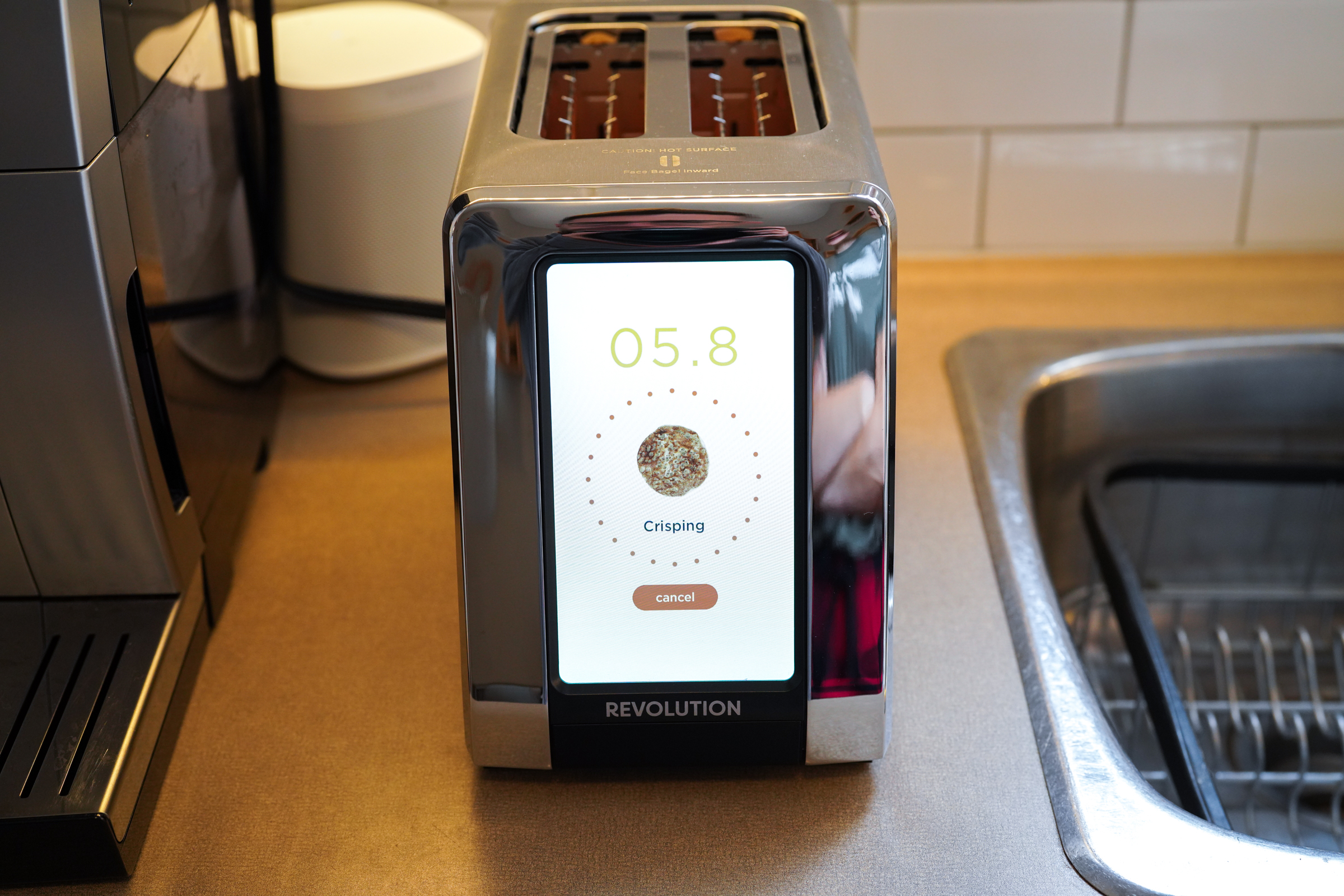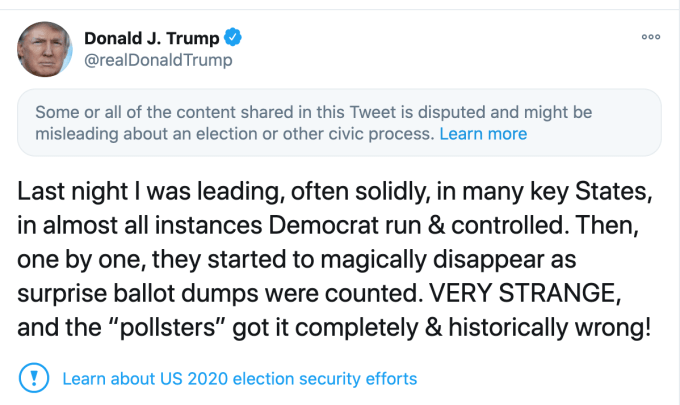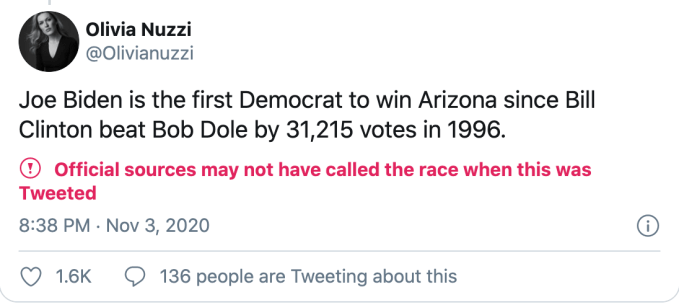Pony.ai, the Chinese autonomous vehicle startup and relative newcomer to the industry, is now valued at $5.3 billion following a fresh injection of $267 million in funding.
The round was led by TIP, an innovation fund within the Ontario Teachers’ Pension Plan Board that focuses on late-stage venture and growth equity investments in companies that deliver disruptive technology. Existing partners Fidelity China Special Situations PLC, 5Y Capital (formerly Morningside Venture Capital), ClearVue Partners and Eight Roads also participated in the round.
The new funds will primarily be used for research and development, according to the company.
Pony.ai has won over investors, OEMs and Tier 1 suppliers during its four-year existence. The company, which operates in China and California, has raised more than $1 billion since its founding, including $400 million from Toyota. Pony has several partnerships or collaborations with automakers and suppliers, including Bosch, Hyundai and Toyota.
Pony is building what it describes as an agnostic virtual driver for all sizes of vehicles, from small cars to large trucks, and to operate on both ridesharing and logistics (delivery) service networks. The company said back in 2019 that it was working with OEMs and suppliers to apply its automated technology to the long-haul trucking market. But it’s perhaps best known for its effort around robotaxis.
The company has launched ridesharing and commuter pilots in Fremont and Irvine, California and Guangzhou, China. Last year, a fleet of electric, autonomous Hyundai Kona crossovers equipped with a self-driving system from Pony.ai and Via’s ride-hailing platform began shuttling customers on public roads. The robotaxi service, called BotRide, wasn’t a driverless service, as there was a human safety driver behind the wheel at all times. The BotRide pilot concluded in January 2020.
The company then started operating a public robotaxi service called PonyPilot in the Irvine area. Pony shifted that robotaxi service from shuttling people to packages as the COVID-19 pandemic swept through the world. In April, Pony.ai announced it had partnered with e-commerce platform Yamibuy to provide autonomous last-mile delivery service to customers in Irvine. The new delivery service was launched to provide additional capacity to address the surge of online orders triggered by the COVID-19 pandemic, Pony.ai said at the time.
Source: Tech Crunch









